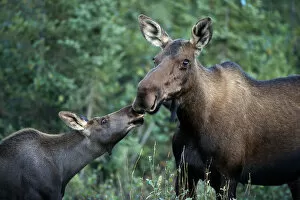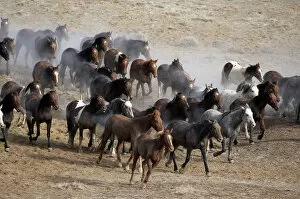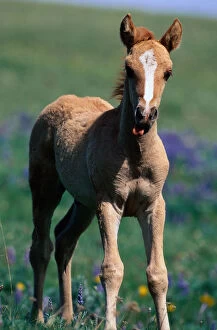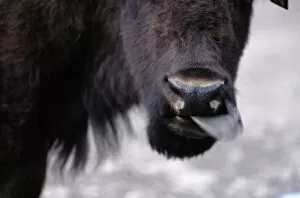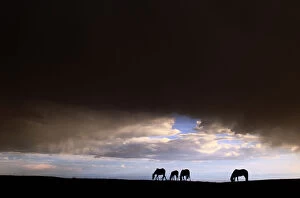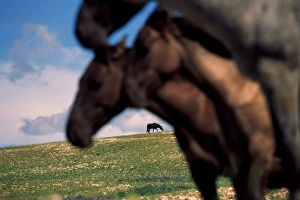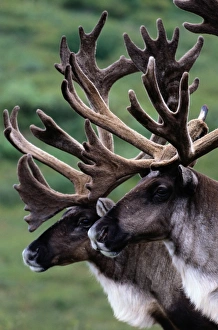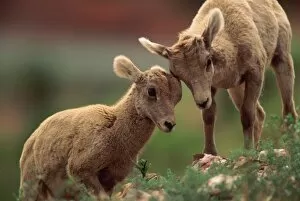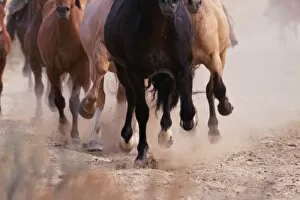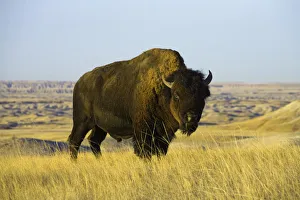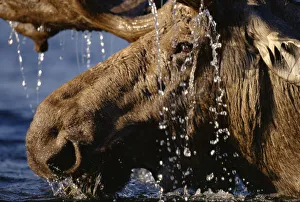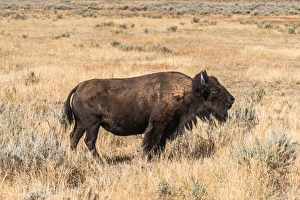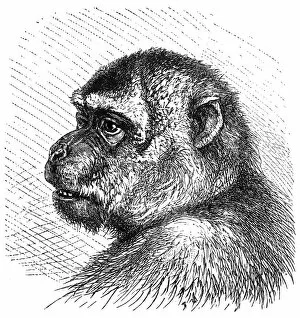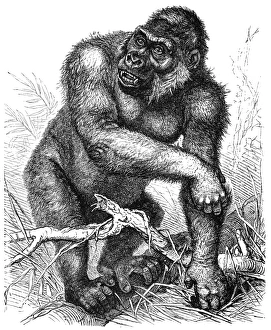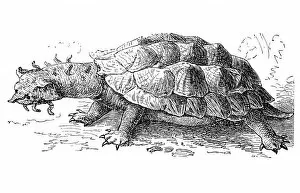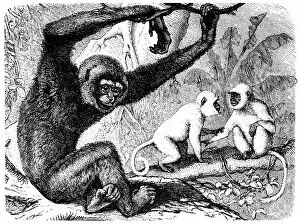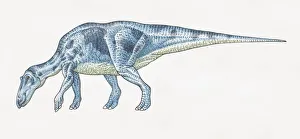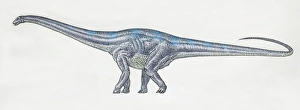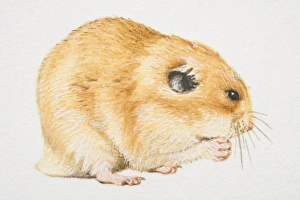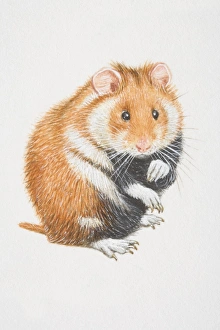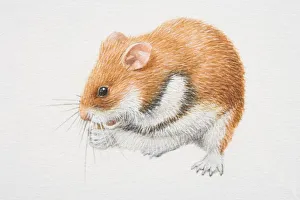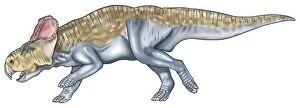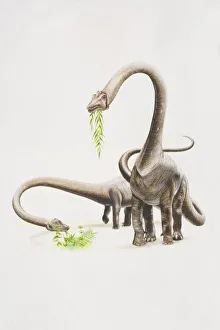Herbivorous Collection (page 7)
Herbivorous creatures have roamed the Earth for millions of years, peacefully grazing on vegetation and leaving a gentle mark on our planet's history
All Professionally Made to Order for Quick Shipping
Herbivorous creatures have roamed the Earth for millions of years, peacefully grazing on vegetation and leaving a gentle mark on our planet's history. From the mighty Iguanodons, towering Brachiosaurus dinosaurs to the Galapagos land iguanas, these herbivores have shaped ecosystems and captivated our imaginations. Imagine standing below the majestic Grand Teton Mountains, where a herd of Bison or Buffalo roam freely. These magnificent animals are living proof that herbivory can thrive even in harsh environments. Their resilience is mirrored by the brave souls who ride bucking horses in rodeos, showcasing both human strength and equine agility. In contrast to their massive counterparts, green turtles gracefully glide through turquoise waters with an appetite for sea grasses. Their peaceful presence reminds us that not all herbivores dwell on land alone; they too contribute to maintaining balance within marine ecosystems. A milk cart symbolizes another aspect of herbivory - its connection to sustenance and nourishment. Just as we rely on dairy products derived from cows' vegetarian diets, ancient civilizations also depended on domesticated llamas in Bolivia for transportation and wool production. The intricate details of horse teeth captured up close remind us how evolution has equipped these beautiful creatures with specialized dentition perfect for grinding fibrous plants. Similarly fascinating is the illustration depicting Hadrosaurus dinosaur - known for its unique dental structure adapted specifically for consuming plant matter during prehistoric times. And who could forget about Parasaurolophus dinosaurs? With their elaborate cranial crests used possibly as resonating chambers to communicate within herds while munching away at foliage-rich habitats. From prehistoric eras to modern-day landscapes, herbivorous beings continue to play vital roles in shaping our world's biodiversity. They inspire awe with their sheer size like Brachiosaurus dinosaurs or capture hearts with their charming demeanor like Galapagos land iguanas.

